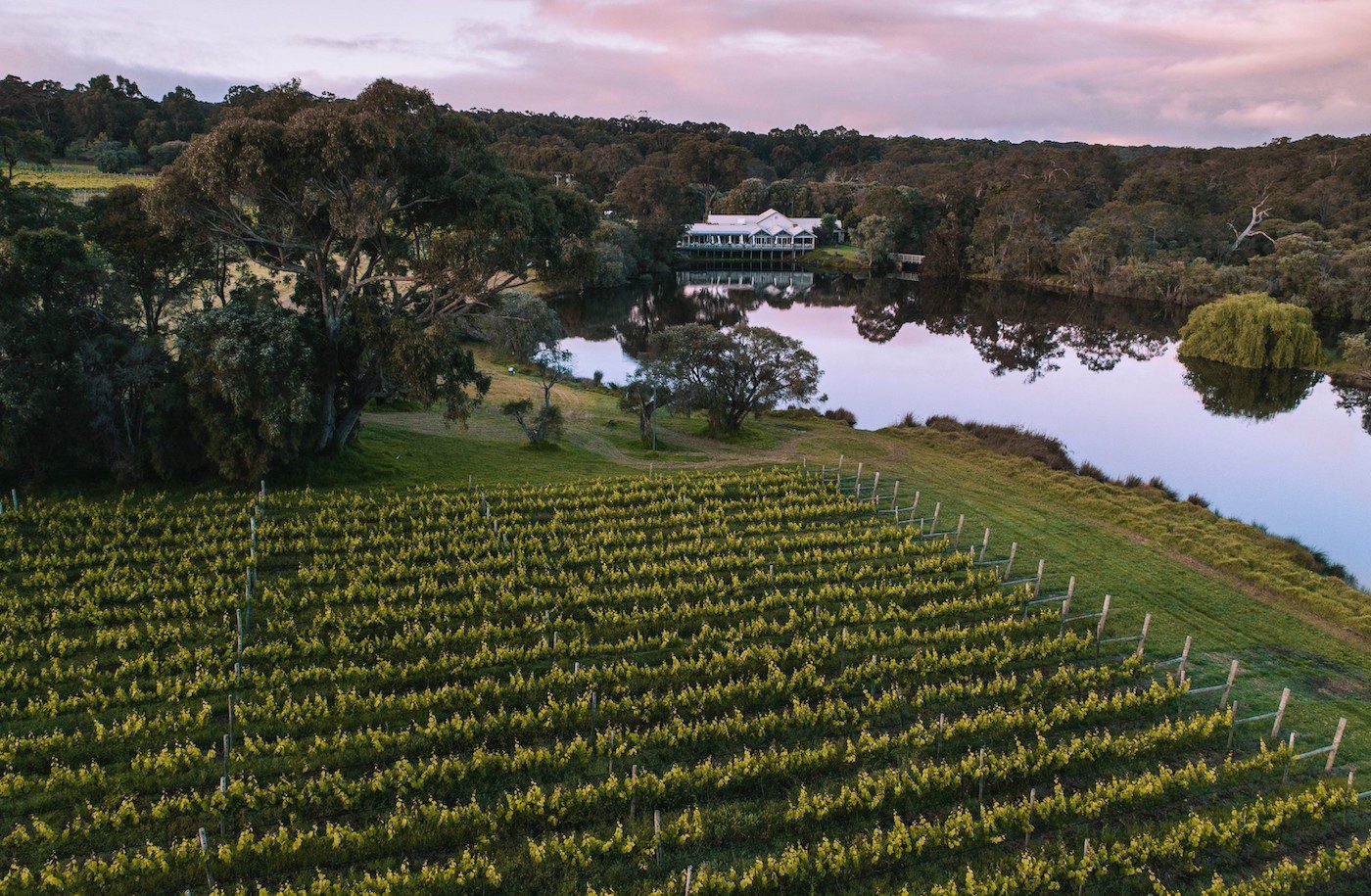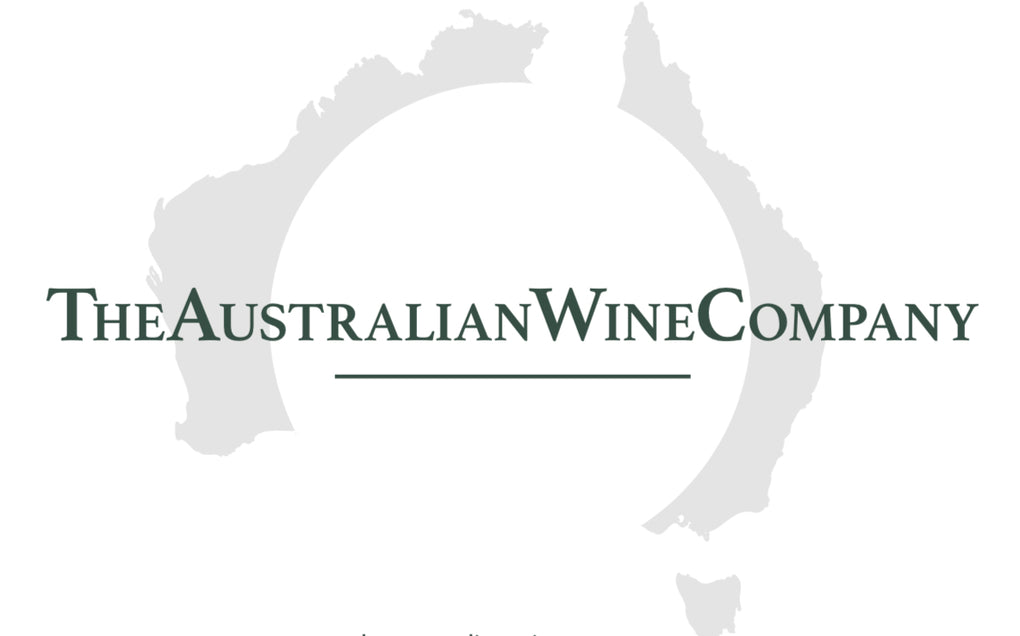The Decline of Alcohol Consumption: What It Means for the Wine Industry
The Sobering Shift: Declining Alcohol Consumption and Its Impacts on the Wine Industry
Over the past decade, a quiet revolution has been reshaping the global beverage landscape: alcohol consumption is in sustained decline. This trend is particularly pronounced in developed countries like Australia, where younger generations are increasingly turning away from traditional drinking habits. For the wine industry, long seen as a cultural mainstay and economic engine, this shift signals both challenges and opportunities. Understanding the underlying causes of this trend, its implications for the Australian wine market, and its reflection in global patterns is crucial for stakeholders in viticulture, retail, and public health.
The Decline in Alcohol Consumption: A Global Perspective
Globally, alcohol consumption per capita has been falling, particularly in high-income countries. According to the World Health Organization, alcohol consumption in OECD nations has declined by an average of 2.5% over the last decade. In Australia, this trend is even more pronounced. Data from the Australian Bureau of Statistics (ABS) indicates that per capita alcohol consumption reached its lowest level in 50 years in 2022, and wine consumption per capita has notably declined since its peak in the early 2000s.
This downward trend is not limited to wine; beer and spirits are also seeing reduced demand. However, wine producers are particularly vulnerable, as wine has historically been marketed not only as a beverage but as a cultural artifact, linked to lifestyle, identity, and tradition. As these cultural perceptions evolve, so too does the economic landscape of the wine industry.
Causes Behind the Decline
1. Changing Social Norms and Health Awareness
One of the primary drivers of reduced alcohol consumption is a marked shift in social attitudes. Millennials and Gen Z consumers are more health conscious than previous generations. The proliferation of wellness culture, combined with greater awareness of the long term health risks associated with alcohol such as cancer, liver disease, and mental health issues has led many to moderate or eliminate their alcohol intake.
Dry January, Sober October, and the “sober curious” movement have further legitimized alcohol-free lifestyles, especially among urban, educated consumers. Social media has amplified this message, replacing the old image of alcohol fueled socializing with green juices, yoga, and kombucha.
2. Rising Popularity of Alcohol Alternatives
As alcohol moderation becomes more mainstream, the market for non-alcoholic alternatives has exploded. Alcohol free wines, beers, and mocktails now occupy significant shelf space in both supermarkets and upscale bars. These products have improved dramatically in quality and are often marketed with the same sophistication as their alcoholic counterparts.
In Australia, companies like NON and Altina are gaining traction by offering premium, complex non-alcoholic beverages that mimic the sensory profile of wine without the ethanol content. This shift is being mirrored globally, with international beverage giants investing heavily in non-alcoholic product lines.
3. Economic and Demographic Shifts
Affordability also plays a role. In an era of rising living costs, especially among younger Australians, alcohol is increasingly seen as a luxury rather than a staple. Younger generations face financial constraints due to housing unaffordability, student debt, and job insecurity, which often makes discretionary spending on wine less justifiable.
Additionally, the demographics of traditional wine consumers typically older, affluent individuals are changing. As Baby Boomers age, the industry is losing a core customer base that valued wine as a part of daily life. Meanwhile, younger consumers are less brand loyal and more inclined to experiment with other beverages.
How Smartphones Are Changing Teen Drinking Habits – And What It Means for Alcohol Sales
Underage Drinking Has Plummeted
Since 1991, the percentage of high school seniors who have ever been drunk has dropped by half from 64% to 33% in 2024. Most of this decline happened after 2012, aligning with the widespread adoption of smartphones. While some early reports simply noted the decline, new evidence points to phones and digital life as a major driver.
Why Teen Drinking Is Down
1. Fewer In Person Social Gatherings
Most teen drinking happens in social settings parties, hangouts, or peer led events. As teens increasingly socialise online rather than in person, these drinking opportunities are disappearing.
2. Constant Surveillance
Smartphones have made it harder for teens to hide their whereabouts. With tracking apps and location sharing, parents often know exactly where their kids are. Lying about being “at Remy's house” when you’re actually at a party is no longer easy.
3. Fear of Getting Caught on Camera
Social media has raised the stakes. One photo or video of underage drinking can be shared instantly and reach parents, schools, or coaches. The risk of suspension from sports, clubs, or academics has become a strong deterrent.
Will Gen Z Drink Less as Adults?
So far, data suggests Gen Z is starting to drink later in life than previous generations. But it’s unclear whether this delay will translate into permanently lower alcohol use in adulthood.
Two key possibilities:
-
If the main cause is a shift in social behavior less face to face interaction and more digital life then reduced drinking could persist long-term.
-
If the main cause is parental surveillance, then drinking may rise as Gen Z gains independence in their 20s and 30s.
Early signs show that some decline in alcohol use continues into early adulthood. But historically, most young adults eventually adopt similar drinking patterns to older generations by their 30s. Whether Gen Z will follow that pattern remains to be seen.
What This Means for the Alcohol Industry
-
Short term impact: Delayed alcohol adoption is already reducing youth consumption, particularly among those aged 18–25.
-
Long-term outlook: Gen Z will likely drink less overall than older generations, but the gap may narrow with age.
-
Changing demographics: Consumption is shifting toward groups that have traditionally drunk in moderation, reinforcing this overall trend.
The Impact on the Australian Wine Market
The Australian wine industry, once a global powerhouse, is facing significant headwinds due to these shifting consumption patterns. Exports have declined due in part to geopolitical tensions with China, but also due to waning demand in Western markets. Domestically, mid tier and low tier wines are struggling, with many producers reporting falling sales volumes.
This is not to say that all segments of the market are suffering equally. Premium wines and boutique producers particularly those focused on sustainability, organic practices, and unique terroirs are experiencing a resurgence. This reflects a broader premiumisation trend: consumers are drinking less, but better. Rather than buying in bulk, many are choosing a single high quality bottle for special occasions, aligning with evolving values around quality and experience over quantity.
However, for larger commercial vineyards that depend on volume sales, the future is uncertain. Industry consolidation is already underway, and without significant innovation or diversification, more small to medium producers may be forced out of the market.
Broader Implications for Global Wine Markets
The trends seen in Australia are echoed globally. In France, Italy, and the United States—countries with deep rooted wine cultures consumption has steadily fallen. The global wine industry must adapt to survive, and many players are already doing so by diversifying product offerings, expanding into non alcoholic wines, and rebranding wine as part of a broader lifestyle proposition rather than a daily habit.
In regions like South America and South Africa, where wine exports form a significant part of the economy, this shift poses an existential threat. Conversely, countries that are quick to pivot and invest in innovation such as new grape varietals, sustainable practices, and experiential marketing may not only survive but thrive.
Future Outlook: Challenges and Opportunities
Looking ahead, the wine industry must grapple with a paradox: the declining role of alcohol in society coupled with the enduring cultural and sensory appeal of wine. Some avenues of potential growth include:
-
Non-Alcoholic Wine Innovation: As technology advances, the quality gap between alcoholic and non-alcoholic wines continues to close. This could unlock new markets and demographics.
-
Sustainability and Ethics: Consumers increasingly demand transparency and environmental responsibility. Organic, biodynamic, and carbon neutral wines are likely to gain further traction.
-
Tourism and Experience Based Consumption: Wine tourism, cellar-door experiences, and events that focus on education and enjoyment rather than intoxication can drive engagement and loyalty.
-
Digital Engagement: Brands that effectively use digital storytelling, influencer partnerships, and immersive e-commerce experiences can connect with younger, more digital native audiences.
The decline in alcohol consumption is a multifaceted trend driven by changing social values, health consciousness, economic pressures, and demographic shifts. For the Australian wine industry and wine markets globally this represents a fundamental challenge to traditional models of production, marketing, and consumption.
Yet, within this challenge lies the seed of reinvention. By embracing innovation, sustainability, and the evolving preferences of modern consumers, the wine industry has the opportunity to redefine its place in a world that is, increasingly, choosing sobriety.



